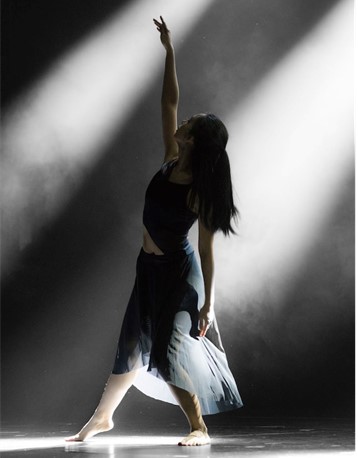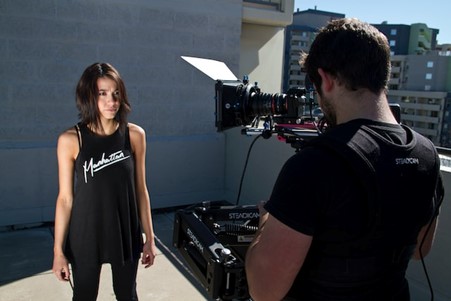
Acting requires voice, performative energy, and movement. All skills must be up to the challenge of painting a realistic picture for the audience. But is acting the same on stage as in front of the all-seeing lens? Travis Preston of CalArts says the short answer is no.
Projected voices, uplifted demeanors, and exaggerated movements signal talented thespians, but they couldn’t perform similarly behind a lens. There must be a technique shift from the actor when changing the medium.
Interestingly, those well-versed in theatre typically find transitioning to on-screen acting easy. However, film actors must do a lot of work to shift to stage performing.
The main difference is the audience size. At the theatre, the audience is vast. However, On-screen, it’s an audience of one (i.e., the camera). Thus, actors must adjust their performance accordingly to be successful.
The Vocal Switch
Thespians would surely turn their nose up at untrained voices on stage, just as experienced screen actors would cringe at overworked voices on set. Hence the need for a technique shift.
The vocal skills required to project across a sea of eyes and ears (i.e., resonance, articulation, malleability, and dexterity) still come into play during screen acting. However, they should be modified to suit the one-member audience — the abovementioned camera.
In other words, actors should look to use their non-performative voice when working on films to ensure the final performance feels more natural. After all, there would be nothing worse than Ryan Gosling stage-whispering sweet nothings into Rachel McAdams’s ear in The Notebook.

The Movement Switch
Performing on stage (i.e., for numerous people) requires profoundly expressive gestures and facial expressions to ensure audience members experience the same message, regardless of where they’re sitting.
But on screen, it’s different. Like with the vocal switch, thespians must calibrate their movements and facial expressions to increase the performance’s authenticity. That way, the all-seeing lens will translate an emotional story to the at-home watchers rather than an exaggerated one.
The Image Work Switch
Lastly, image work is vital — both on stage and on screen. But again, there are differences.
When performing for a packed auditorium, actors must use all the available tools to paint images in their audiences’ minds. Language utilization is especially important, though, as thespians can’t lock eyes with everybody watching (the most impactful way to translate meaning and emotions).
When acting for the camera, eye contact is the most essential tool, alongside physicality.
Simply put, if the actor sees it, the audience sees it. Whenever they reference something or reminisce, those watching must see what they are saying. Similarly, film actors’ image work must be sophisticated enough to permeate the lens.
Transitioning Acting from the Stage to the Screen
For a successful transition from the stage to the screen, actors need to adapt to the change in audience size — from multiple pairs of eyes to one. Understanding how the camera operates allows them to tailor their performance appropriately, putting on an extraordinary performance whether there are hands there to clap or not.
